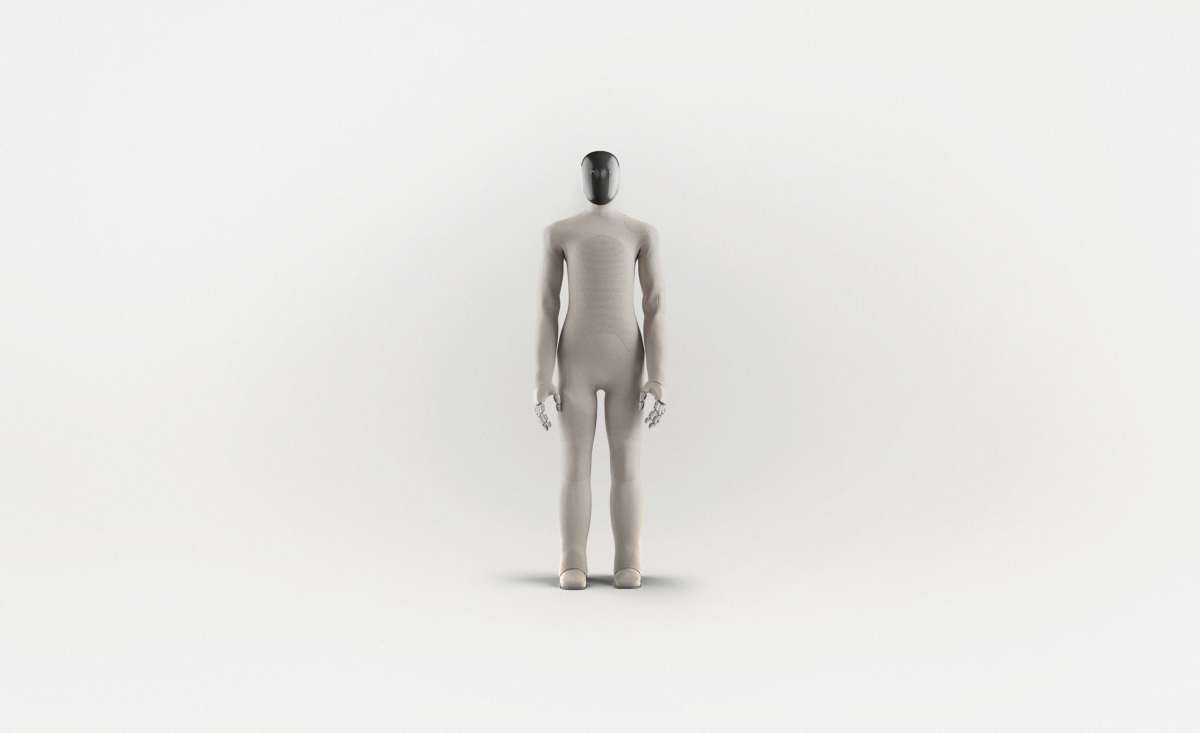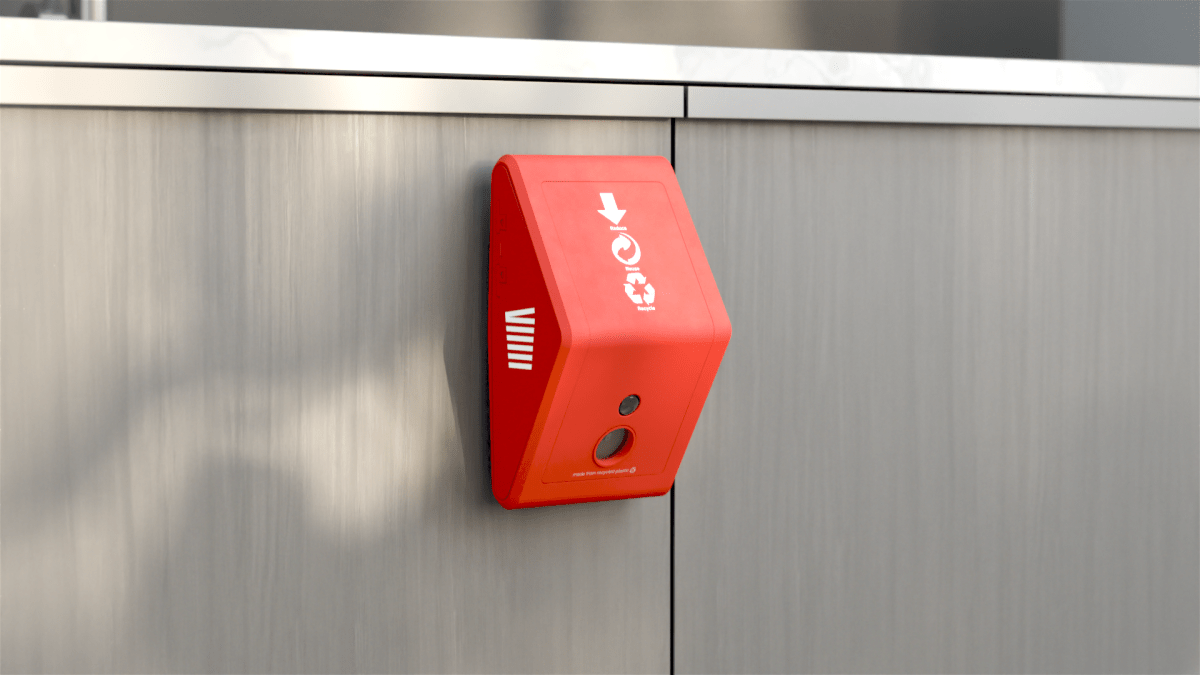Norwegian robotics firm 1X unveiled its latest home robot, Neo Gamma, on Friday. The humanoid system will succeed Neo Beta, which debuted in August. Like its predecessors, the Neo Gamma is a prototype designed for testing in the home environment. Images of the robot show it performing a number of household tasks like making coffee, doing the laundry, and vacuuming.
1X says the bipedal robot is set to step outside the lab, with limited in-home testing, though the company is quick to add that the Gamma is a long way away from commercial scaling and deployment.

Neo Gamma represents a softer side of the humanoid industry – both figuratively and literally. 1X has built the robot to be welcoming, with a friendlier design and a suit made of knitted nylon. The latter is designed to reduce potential injuries that might arise from robot-to-human contact.
Neo Gamma arrives amid a sea of humanoids from companies like Agility, Apptronik, Boston Dynamics, Figure, and Tesla. While firms like Figure already have their robotic systems operating in a mock home environment within their lab, all have prioritized warehouse and factory deployment. 1X’s home-first approach makes it unique among its direct peers.
Home robots have always been a tricky proposition. Beyond robotic vacuums produced by companies like iRobot, none have meaningfully penetrated the market. This isn’t from lack of trying – the technology simply isn’t there.

Home robots need to be useful, reliable, affordable, and significantly safer than their industrial counterparts. This is doubly the case given that age-tech is likely to be one of home humanoids’ key targets. As the average age of the population rises, independent living for older adults will become an increasingly important technology target.
Along with a softer shell, 1X points to advances in the Gamma’s on-board AI system as a key element in designing a safer robot. These systems need to be extremely aware of their surroundings so as to avoid causing potential harm to people or property. Teleoperation is an important part of the safety conversation, as well. While full autonomy is the end goal for most, it’s important that humans be able to take control of the system in a pinch, especially in the home.
Beyond its unique focus, 1X first crossed the radar of many in the industry when OpenAI was announced as an early backer. For many, the notion of embodied intelligence – AI with a physical presence – is the next logical step for the white-hot world of generative AI. OpenAI has since hedged its bets in the humanoid space, with both an investment in competitor, Figure, as well as numerous rumors surrounding the ChatGPT maker’s own in-house robotics ambitions.

Generative AI has an important role to play with humanoids, including the creation of more natural person-to-robot language interactions. Much like Figure, 1X has been building its own in-house models designed to improve both the robot’s speech and body language. It’s unclear how many of Gamma’s new and improved features are a result of the company’s work with OpenAI or its January acquisition of Bay Area startup, Kind Humanoid.
1X has not disclosed how many Neo Gammas have been – or will be – produced over the course of the beta robot’s life. The product videos accompanying Friday’s launch, meanwhile, are best viewed as proof of concept of how one of Neo’s creations might behave in a home setting.
While we’re seeing the first humanoid deployments move beyond the pilot stage in industrial settings, these systems have a long way to go in terms of pricing, reliability, safety, and functionality before we can have a serious conversation about bringing them home.















